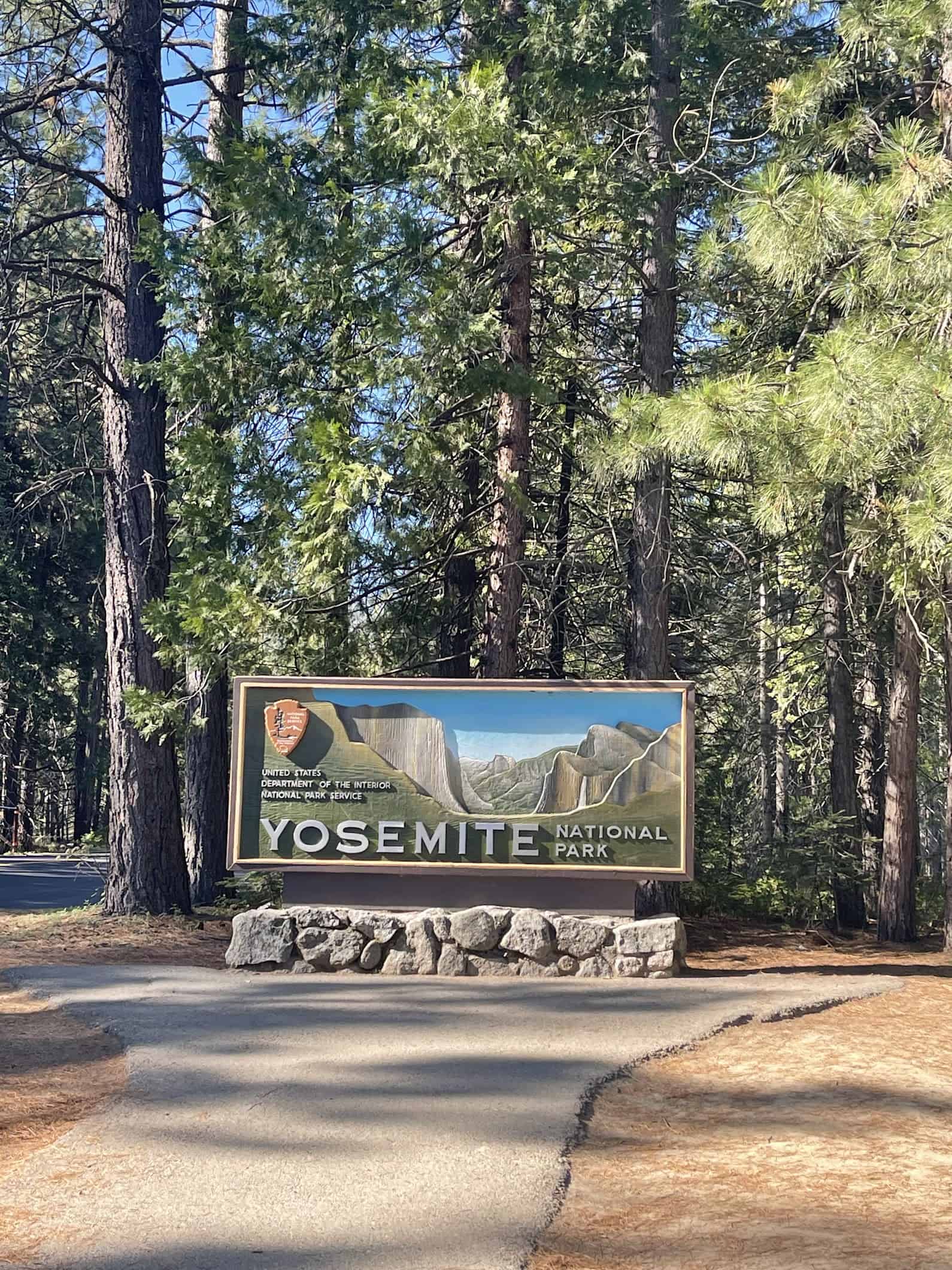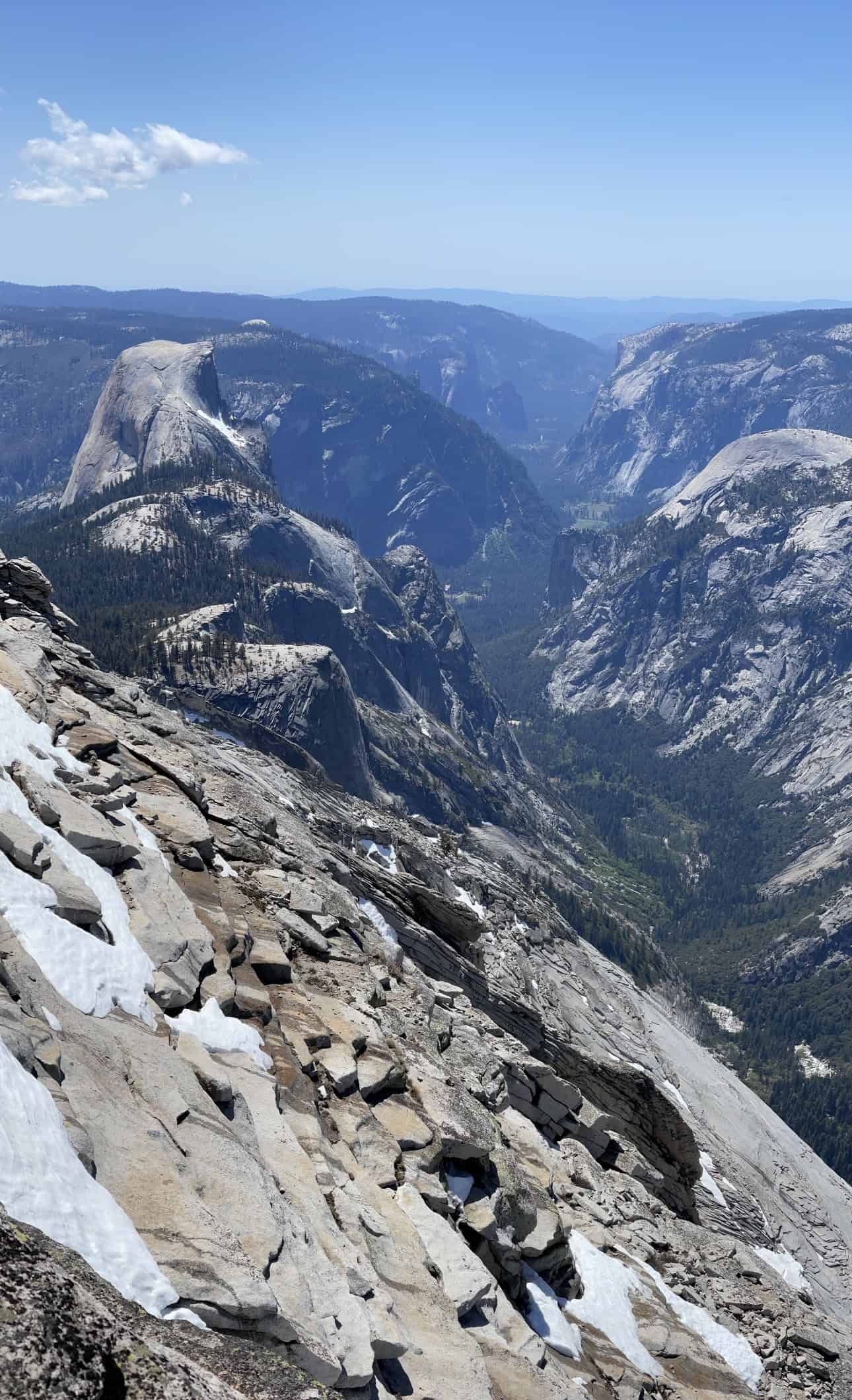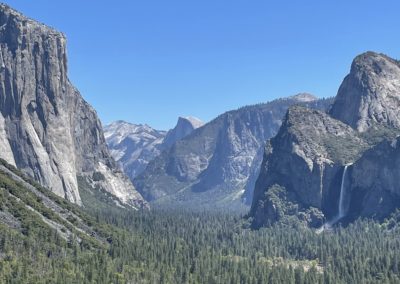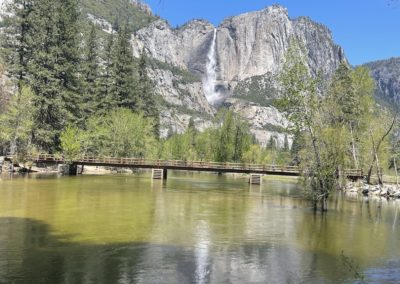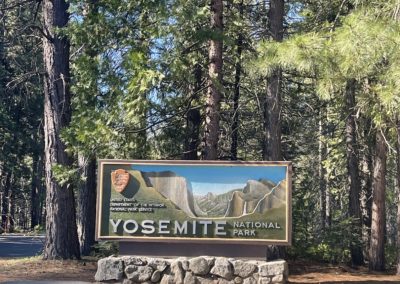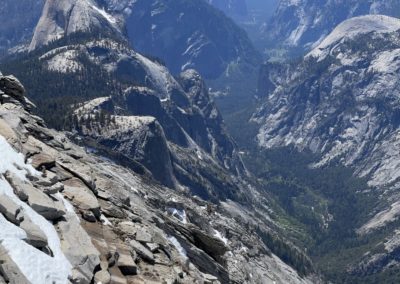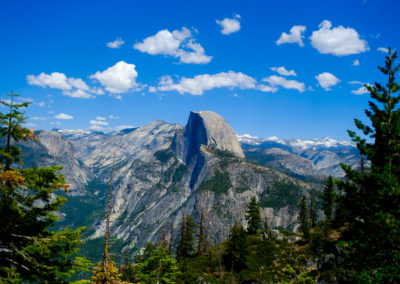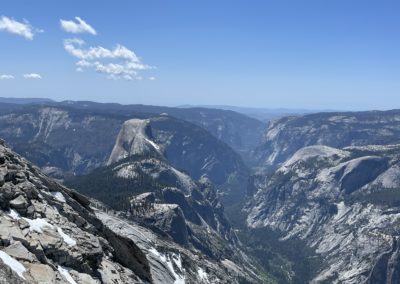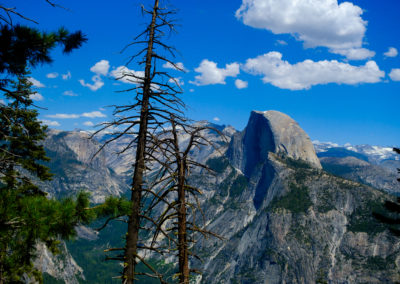Why You Should Visit Yosemite National Park
Hiking
Yosemite National Park offers some of the most scenic and diverse hiking trails in the world. Visitors can choose from easy, moderate, and strenuous trails that take them to the park’s iconic landmarks, such as Half Dome, El Capitan, and Yosemite Falls. Some of the most popular hikes include the Mist Trail to Vernal and Nevada Falls, the Four Mile Trail to Glacier Point, and the Panorama Trail to Half Dome.
Rock Climbing
Yosemite is known as a mecca for rock climbers, with its towering granite cliffs offering some of the most challenging routes in the world. El Capitan, Half Dome, and Cathedral Rocks are some of the most popular climbing destinations. Climbers can choose from traditional climbing, sport climbing, and free solo climbing. Climbing permits are required for certain routes, and can be obtained through the park’s website.
The Drives
Yosemite offers several scenic drives that take visitors to some of the park’s most spectacular viewpoints, such as Glacier Point, Tunnel View, and Mariposa Grove of Giant Sequoias. These drives offer visitors the chance to take in the park’s stunning landscape from the comfort of their car. The Tioga Road, a scenic drive that runs through the high country of the park is also one of the highlights of the park, which is open only during summers.
Camping
Yosemite National Park offers several campground options for visitors, including RV and tent camping. Visitors can choose from campgrounds in Yosemite Valley, Wawona, Hodgdon Meadow, Crane Flat, Bridalveil Creek, White Wolf, and Tuolumne Meadows. Most campgrounds require reservations, and some are open seasonally. Camping in the park is a great way to experience the park’s natural beauty and wildlife.
Fast Facts
- Yosemite National Park covers an area of 748,436 acres in the Sierra Nevada Mountains of California. It is one of the oldest national parks in the United States, and was established on October 1, 1890.
- Yosemite is known for its stunning granite cliffs, including the iconic Half Dome and El Capitan. These cliffs are popular among rock climbers, who come from all over the world to test their skills on the park’s vertical walls.
- The park is home to an abundance of wildlife, including black bears, mountain lions, deer, and bighorn sheep. Visitors can also spot many bird species like the peregrine falcon, golden eagle, and the great gray owl.
- Yosemite Valley is a popular destination for visitors, and it offers many recreational opportunities such as hiking, camping, fishing, and sightseeing. Visitors can also take scenic drives to Glacier Point, Tunnel View, and Mariposa Grove of Giant Sequoias.
- The park’s landscape is shaped by glaciers, which have carved out the U-shaped valleys and polished the granite cliffs. Visitors can also see the park’s glaciers, such as the Lyell Glacier, at high elevation.
- The park is known for its spectacular waterfalls like Yosemite falls, Vernal falls, and Nevada falls which are great to see during peak flow in spring.
Where to Stay
Van Lifers, RV’s and Tent Camping
Yosemite National Park offers several campground options for visitors, including RV and tent camping. Visitors can choose from campgrounds in Yosemite Valley, Wawona, Hodgdon Meadow, Crane Flat, Bridalveil Creek, White Wolf, and Tuolumne Meadows. Most campgrounds require reservations, and some are open seasonally. Camping in the park is a great way to experience the park’s natural beauty and wildlife.
If you are looking for free campsites be sure to visit our page on the best free campsites near Yosemite National Park. You won’t find any in the park, but you definitely have a few options right outside of it.
For those who are looking for a more adventurous option, backpacking in the park is also a great way to experience the wilderness and get away from the crowds. Visitors can obtain a wilderness permit from the park’s website, and explore the park’s backcountry on foot.
Lodging Inside Yosemite
Yosemite National Park offers several lodging options within the park, including hotels, cabins, and vacation rentals. Visitors can choose from several hotels, such as The Ahwahnee, Yosemite Valley Lodge, and Curry Village. There are also several cabins and vacation rentals available, such as the Housekeeping Cabins and the High Sierra Camps.
Lodging Outside Yosemite
Visitors can also choose to stay in private accommodation outside the park boundaries. There are several hotels, motels, and vacation rentals available in nearby towns such as Oakhurst, Mariposa, and Groveland. This option may offer more flexibility and amenities compared to staying inside the park.
Ultimately, the best option depends on personal preference and the type of experience you are looking for. If you want to be in the heart of the park, staying within the park is a great option, but if you want more amenities and options, staying outside the park can be a good alternative.
When to Visit
The best time to visit Yosemite National Park depends on what you’re looking to experience while you’re there.
- Spring (April-June) is a great time to visit if you’re looking to see the park’s waterfalls at their fullest. The snowmelt from the winter months causes the waterfalls to be at their peak flow during this time. Additionally, the meadows are green and wildflowers are in bloom, making it a great time for nature photography.
- Summer (July-September) is a popular time to visit the park, but it can also be quite crowded. The park’s many campgrounds and lodges are open, and the weather is generally warm and pleasant. Visitors can enjoy activities such as hiking, rock climbing, and swimming in the park’s rivers and lakes.
- Fall (October-November) is a great time to visit for its colorful foliage. The park’s deciduous trees turn golden and red, creating a beautiful contrast with the granite cliffs. The weather is also mild, making it a great time for hiking and camping.
- Winter (December-March) is a great time to visit for those who enjoy winter sports. The park’s high country receives heavy snowfall, making it a prime destination for skiing and snowshoeing. However, many of the park’s facilities and roads close due to snow, limiting the areas that are accessible.
Each season has its own charm, so it depends on what you’re looking for in your trip. Keep in mind that the park can be busy during summer, so if you can visit on shoulder season or during the weekdays, it’s better.

